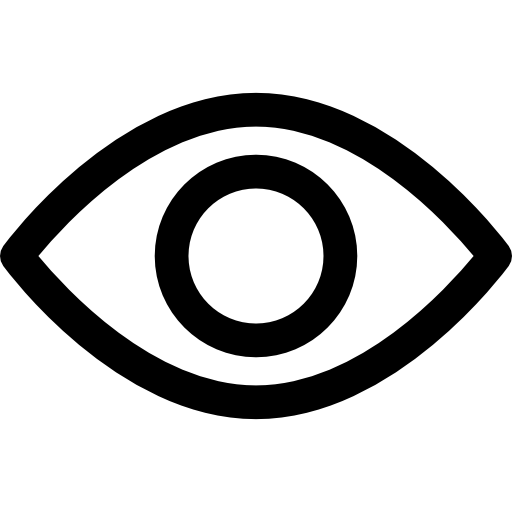Identification and Price guides for Antiques & Collectibles


APPRAISING PAINTINGS & FINE ART:
A step-by-step guide to evaluate artwork
Join the most updated and complete collectibles research online - Learn more...
 The most important factor when appraising a painting is the name of the artist. If he/she is "listed", which means that there are prior sales, then these previous works can be used as relevant references for the value of another. However, if there are no prior sales records, an artist is considered "unlisted".
The most important factor when appraising a painting is the name of the artist. If he/she is "listed", which means that there are prior sales, then these previous works can be used as relevant references for the value of another. However, if there are no prior sales records, an artist is considered "unlisted".
Listed artists are well documented and the task of appraising is often reduced to locating sales records for his/her artwork in the same genre or style (landscapes, portraits, still life etc), medium (oil, watercolor, etching etc), and of similar size. Market trends (popularity, publicity etc) are obviously very much in play and sales venue (auction, gallery, private sale etc) are of essence to achieve the desired price for yours.
Condition is another key element in estimating the value of any artwork. However, most Fine Art examples can be professionally restored. It is best to have a painting appraised before any restoration in order to determine if the cost of any repairs is justified. It is very common to find that the expense of restoring a painting exceeds its value even when perfect and, unless there is an emotional reason to do so, it would be simply a bad business decision.
In contrast, to assess the value of artwork by unlisted artists or unsigned paintings is more difficult and requires extra steps to ensure some degree of accuracy. In these cases, price comparisons should be based only on similar works by artists from the same period and who engaged in portraying similar themes. As a stark example, a modern abstract lithograph should not be compared with a 19thC oil-on-board landscape.
Before the Internet, sifting through literally millions of sales records of paintings in order to locate a few similar ones to yours required looking through hundreds of auction & gallery catalogs going back several years and also having some basic knowledge of what you are researching to recognize similarities. Nowadays, special search algorithms and specialized websites contain huge databases of Fine Art sales records, many with clear photos and detailed descriptions.
Regardless of the ease afforded by current research methods in appraising artwork, it is important to emphasize that the most accurate way is to hire a professional Personal Property Appraiser. This is especially true if you have concrete suspicions that your piece is indeed of significant worth, for example if inherited from past generations or you've seen similar works at a reputable setting (museum, gallery etc). Members of the ISA - International Society of Appraisers or ASA - American Society of Appraisers along with many other appraisers' organizations & guilds can be a good start in engaging their services, including your local auctioneer.
For a preliminary DIY evaluation to see if you need to proceed with hiring a professional appraiser, here is a step-by-step guide:
- Determine if the signature, if any, is for a listed artist. If so, locate more of his/her works and compare with yours and your research is done
- If this is an unsigned piece or the artist is unlisted, gather some key facts such as:
- Medium (Oil on Board or Canvas, Watercolor, Acrylic, Etching, Lithograph etc)
- Genre or theme (Landscape, Historical, Romantic, Modern, Iconography etc)
- Size (without the frame, referred to as the "sight")
- Approximate age (mostly a guess or according to any provenance you may know)
- Decide on a succinct sentence of a few words that best describes your painting, e.g. "Landscape Oil Dutch 18th century" or "Portrait Lady American 19th century" or "Hunting Scene Painting Acrylic". Be creative but brief, otherwise you will get too many unrelated results.
- Use an online research website, for example our own illustrated Price & Appraisal Guides or any other similar service of your choice and search for the key terms you've decided on the previous step
- Browse through the results, hopefully with actual images as on our website, and isolate 10 - 15 sales records that are a close match to yours, especially as they relate to size, medium, and theme
- Patiently read the description of each result to confirm similarities with yours and create a final list of 3 - 5 most relevant records
- The average of the prices they sold in this final list should be a good guide to estimate the value of yours
- Oil on Board
- Oil on Canvas
- Acrylic Painting
- Japanese Print
- Art Print
- Art Poster
- Lanscape Painting
- Watercolor Painting
- Gouache Painting
- Lithogrpah
- Abstract Painting
- Portrait Painting
- ...and many more!
Unlock the true value of your collection with our comprehensive research guides from identifying makers' marks to appraising all kinds of antiques and collectibles, including items featured in this article.
Our up-to-date information will give you an accurate understanding of your items' worth. Don't miss out on this valuable resource - visit our research tools today!
In addition to some examples shown below on this page, you can also search our price guide for your own treasures.
Examples of related items from our Price Guides
-
THREE CHINESE REVERSE PAINTINGS ON GLASSThree [more like this]
-
THREE CHINESE PAINTINGS ON RICE PAPERThree [more like this]
-
A CONTINENTAL PORCELAIN PLAQUEA Continental [more like this]
-
AN ITALIAN PORCELAIN PLAQUE: MADONNA DELLA [more like this]
-
A GROUP OF 19TH CENTURY INDIAN PAINTINGSA [more like this]
-
A GROUP OF 19TH CENTURY PERSIAN ILLUMINED [more like this]
-
A SPANISH COLONIAL PAINTING OF MOTHER AND [more like this]
-
A CHINESE REVERSE PAINTING OF A YOUNG BEAUTYA [more like this]
-
TEN CHINESE GOUACHE ON PITH PAPER PAINTINGSTen [more like this]
-
A GEORGE III CHINESE EXPORT REVERSE PAINTINGA [more like this]
-
TWO JAPANESE WORKS ON PAPER OR SILKTwo Japanese [more like this]
-
CHINESE ART AND AESTHETICSChinese art and [more like this]
There are many more auction results available to our members...
Explore more items from our
Antiques & Collectibles Price Guide
This list is limited to only a few results.
Many more items are available to our members through our
Price Guides!






